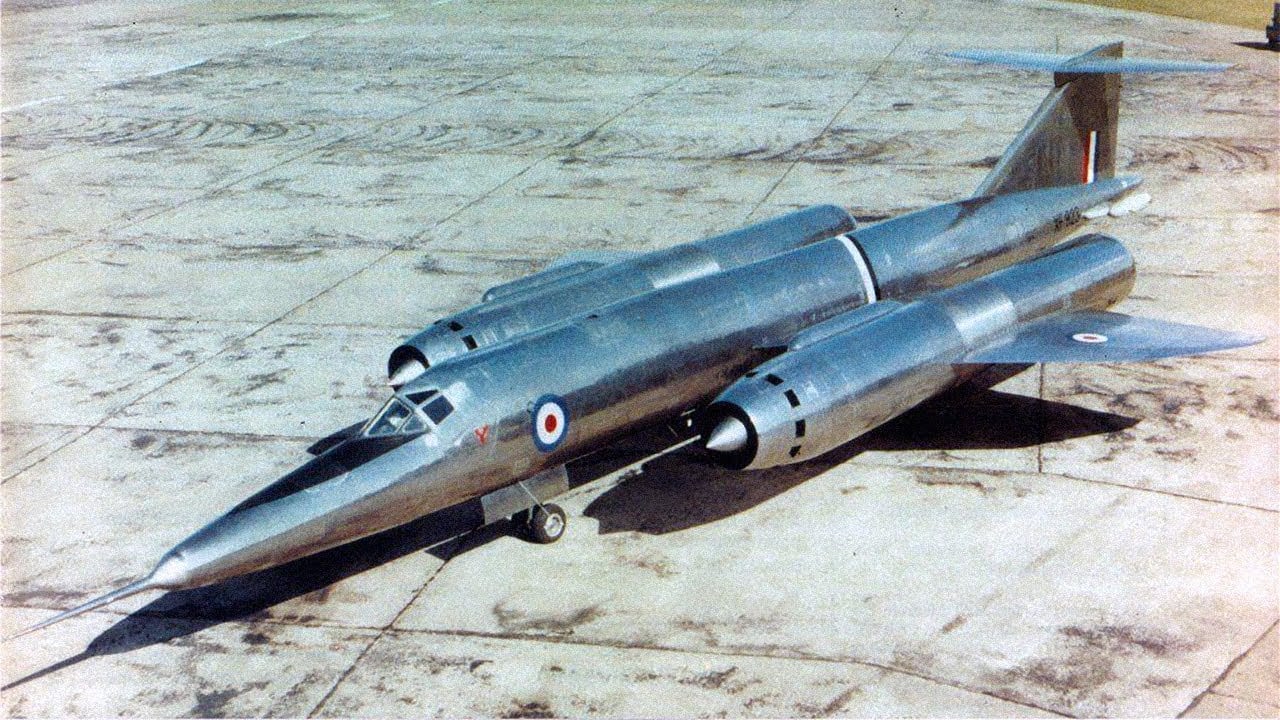The recent explosion of a military rocket during a critical test launch underscores significant challenges in the development of America's future land-based nuclear missile systems. The Minotaur II+, which detonated shortly after liftoff from Vandenberg Space Force Base, was intended to evaluate a key component for the next generation of intercontinental ballistic missiles (ICBMs). While there were no injuries and debris was contained, the incident raises concerns about the reliability of aging missile technology and the complexities involved in integrating new components, such as the Mark 21A reentry vehicle designed to enhance warhead capabilities. This mishap highlights the stakes involved in modernizing the U.S. nuclear arsenal amid evolving global threats.
The Air Force's ongoing efforts to redesign the Mk21A for the LGM-35 Sentinel missile are crucial for maintaining strategic deterrence. The W87-1 warhead modification program aims to bolster security and control, addressing the vulnerabilities of older warheads like the W78. As the Sentinel ICBMs are set to replace existing systems in the late 2020s, the data gathered from tests like the Minotaur II+ launch will inform the development of a more advanced and reliable nuclear deterrent. This incident serves as a reminder of the technical hurdles that must be overcome to ensure the effectiveness and safety of the U.S. nuclear arsenal in the face of future challenges.









